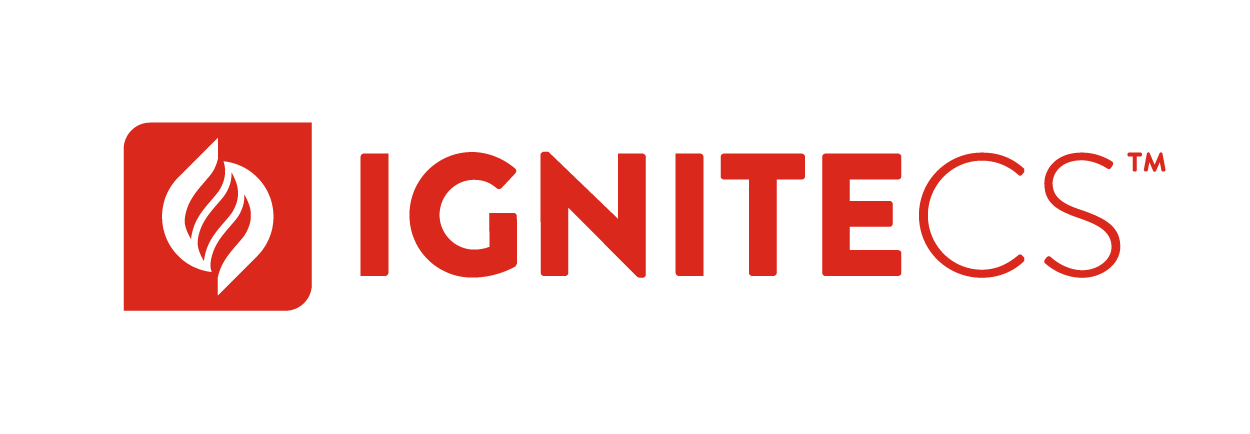What a year for tech.
For every hack, exploding smartphone or imploding startup, there were just as many memorable highlights. For the first time ever, the presidential debates were livestreamed to Twitter (TWTR) and Facebook (FB). Augmented reality went mainstream in a big way, thanks to the runaway success of a smartphone app called “Pokémon Go.” And Amazon (AMZN) made good on CEO Jeff Bezos’ pledge to deliver orders by drone.
Ignite takes a look back at some of 2016’s best moments in tech.
The Tech Industry Became More Politically Engaged

Silicon Valley became more politically active than ever this year.
The presidential election divided the community into two camps: billionaire PayPal co-founder and avid Trump supporter Peter Thiel, and just about everyone else. While Thiel distinguished himself from the rest of the technorati by donating to President-elect Donald Trump’s campaign — and eventually securing a role on Trump’s transition team — others vociferously supported Hillary Clinton through social media, hosting fundraisers, and encouraging involvement in their community.
Facebook co-founder Dustin Moskovitz and his wife, Cari Tuna, for example, made their first contributions by giving $35 million in total to Democratic groups, including Priorities USA Action, the largest super PAC supporting Clinton. In August, the venture capital firm Charles River Ventures posted a blog entitled simply, “F*** Trump,” which declared Trump’s stance on immigration to be “diametrically opposed to the core values of entrepreneurship.” Meanwhile, employees at more than 300 companies, including Square (SQ), Twilio (TWLO) and venture capital firm Homebrew, all gave employees part or all of Election Day off to cast their votes.
And while the presidential election results ultimately surprised many Americans, one net positive may be pledges by the technorati to be more politically active moving forward.
The Debates Got the Full Livestream Treatment

It didn’t matter whether you were a twentysomething cord-cutter or cash-rich executive with money to burn on a curved 4K TV. Thanks to social media like Facebook and Twitter, which livestreamed the presidential debate for the first time ever, Americans had an unprecedented number of options to catch the verbal mudslinging between Trump and Clinton. Indeed, at least 55 million people watched live videos of the first presidential debate on Facebook, while an average of 3.2 million people caught the second debate on Twitter, for example.
‘Pokémon Go’ Popularized Augmented Reality

Augmented reality has existed in some form or another for years. Google’s much-hyped Google Glass, for example, promised to rock our world with software that could supplement our day-to-day lives by superimposing useful information like restaurant information or map directions atop real-world surroundings.
Hyperloop Got a Little More Real

While self-driving cars from Google (GOOG, GOOGL) and Uber snagged more headlines this year, Tesla (TSLA) and SpaceX CEO Elon Musk also deserves kudos for his ambitious Hyperloop One project. The super high-speed transportation system aims to quietly shuttle passengers and cargo at speeds rivaling airplanes — over 600 mph.
Musk first alluded to the idea in 2012 during a tech talk in Los Angeles. However, it wasn’t until the following year when a preliminary design document hit, proposing a 35-minute route from San Francisco to Los Angeles.
Delivery By Drone Got Serious

2016 was the year when several businesses actually delivered (pun intended) on promises of packages dispatched by drone. Convenience store chain 7-11 partnered with drone maker Flirtey to transport over 75 orders to customers in Reno, Nev., and Google X delivered Chipotle burritos to Virginia Tech students this September, to name a couple of examples.
As for Amazon? The Seattle-based tech giant made good on CEO Jeff Bezos’ pledge last year to make Amazon delivery drones a reality. This December, Amazon announced a small pilot program in the UK where two shoppers — yes, two — can now order goods by drone. The first delivery: an Amazon Fire TV and a bag of popcorn, transported in just 13 minutes.
Snapchat Got Into Hardware

The successful launch of Snapchat’s Spectacles managed what other tech product launches this year failed to do: incite intrigue and excitement. Chalk that up in part to a brilliant marketing campaign that involved hip advertisements with models and yellow vending machines serving as temporary storefronts for the glasses, a pair of $130 eyewear which can record short video snippets that automatically save to the Snapchat app.
The launch of Spectacles proved a ballsy move from CEO Evan Spiegel, but probably not a surprise. The Venice, Calif.-based startup, which now attracts over 60 million daily active users in the US, plans on going public as early as March 2017 with a valuation of between $20 billion and $25 billion.
Amazon’s Echo Dot Brings A.I. to the Masses

Amazon’s voice-activated robot assistant Alexa certainly wasn’t the first of its kind, but it paved the way for other less advanced competitors, like Google Home. Earlier this year, the tech giant released Amazon’s Echo Dot, a puck-shaped speaker powered by Alexa that puts virtual assistants within easy reach of most consumers at just $50.
For something so compact, Alexa does a lot, like answer questions, read the news, play music and set timers, alarms and alerts. But it was Alexa’s smart home integration that really made the so-called “Internet of Things” a reality, connecting and controlling disparate devices with simple voice commands. Want the lights dimmed? Have Alexa do it. How about cooling down the room a few degrees? Ditto. Now that’s magical.
SOURCE: Yahoo Finance, December 2016

